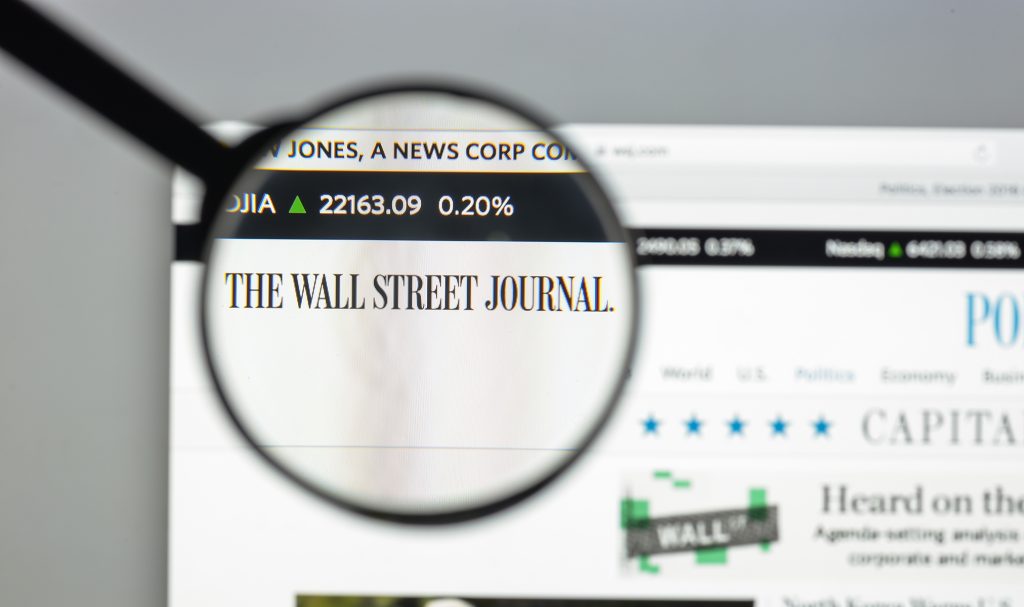Mytheresa is an online retailer of luxury items. The Wall Street Journal recently wrote reported on its lavish events thrown for its most frequent buyers in the U.S. Mytheresa gives its best customers a lot of attention because it generates “more than a third of its sales from just 3% of its shoppers.”
As readers likely intuit, Mytheresa is hardly unique. In seemingly all walks of life the “vital few” (Reuven Brenner) make the world go ‘round. The same Journal article referenced Neiman Marcus, and the fact that “2% of customers deliver 40% of sales.” Well, of course. There’s yet again a reason the 1 percenters get so much attention.
Which brings us to taxes. What’s true about shoppers is true about taxpayers. The very few account for the vast majority of collections. As Glenn Kessler recently reported in the Washington Post, the “400 wealthiest taxpayers” handed over to the U.S. Treasury $29.4 billion in income taxes, “or more than 2 percent of all income taxes.” Where it becomes most interesting, but really not surprising, is that the 400 richest taxpayers pay more in taxes “than the bottom 70 percent of taxpayers combined.”
Why all the stats? They’re useful as a way of addressing a popular notion among conservatives that in order to pay off all of the federal debt, writers of the tax code will eventually shift their gaze from the richest to the middle classes. Conservative budget experts like Brian Riedl and Dan Mitchell warn that eventually middle earners will see their salaries and wages taxed at higher rates to pay off what grows and grows. The speculation here is that they could be convinced otherwise.
As the taxpaying data make clear, there’s insufficient money in the middle to pay off what is enormous. The simple mathematical truth is that there would be very little investor interest in Treasury debt if it were at all expected that the funders of it were going to be middle earners. Put the simplest way, there would be no debt if middle earners were on the hook, or were expected to be on the hook, for government debt.
The rich, on the other hand, are different from you and me. Particularly the American rich. So vast is their wealth, not to mention the future wealth that they and other future rich will create, that the collection of taxes from them will continue to soar regardless of the tax rates they pay. Kessler reports that top U.S. earners paid an effective federal rate of 23.1 percent in 2014, but tax rates foisted on the rich could effectively be 30.1 percent, 20.1 percent, and 10.1 percent, and the collections from them would still be enormous.
To be clear about what’s been written, none of it is to excuse taxes levied on the rich. Precisely because they’re rich, and by extension have so much unspent wealth, the rich are the most crucial drivers of progress. There’s no innovation, no companies, and no jobs without unspent wealth, so in an ideal world the rich would suffer effective federal rates much lower than the numbers mentioned as a way of ensuring that as much of their savings as possible are matched with talented minds.
At the same time, it’s useful to put to rest the notion that middle earners will eventually foot the bill for all the federal borrowing and waste. The obvious truth is that we have enormous debt because the taxation of the rich is way too much, and the expectation is that the latter will hardly change in the future.
There’s your debt and deficit story, along with clear investor anticipation of whose sweat will pay for federal borrowing. Just as retailers focus their greatest energies on the vital few, so do creditors. Big tax hikes on the middle classes in no way loom. It’s all about the rich. Logically.
Republished from RealClear Markets





